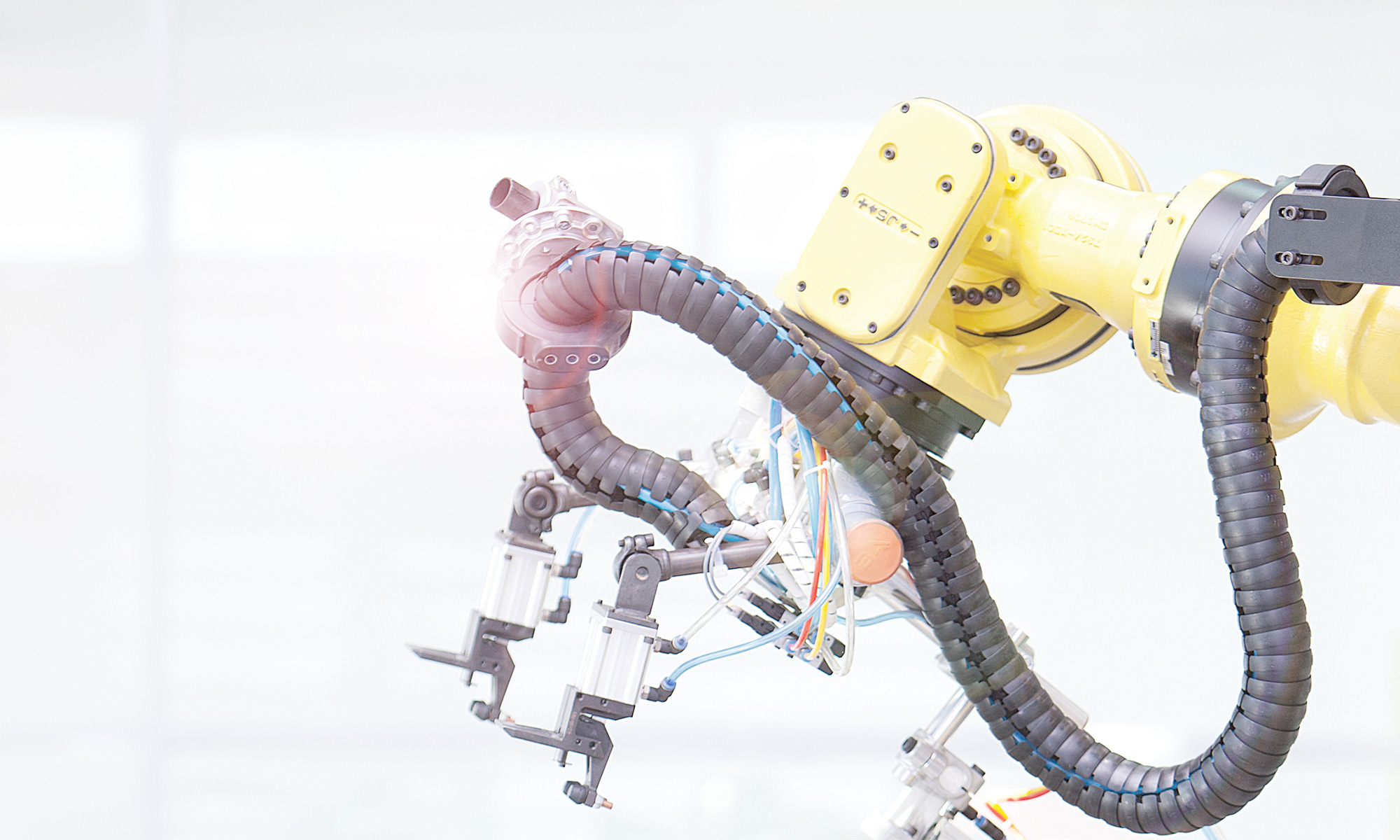In today’s tight economy, marked by high inflation and supply chain issues, the need to enhance product flexibility has become increasingly important. Most manufacturing lines these days are set up to run multiple work orders of the same product type based on specific requirements. The goods produced at the manufacturer line are still the same, but the package size can change. The raw materials that start the process might be the same, but other component parts and tools on the machine that help with the different packaging sizes must be replaced. The process of converting one product line or machine to another is known as changeover. This blog explores how Radio Frequency Identification (RFID) technology can revolutionize changeover by eliminating manual verification and adjustments.
Challenges of changeovers
Changeover can involve swapping out parts, tools, or molds specific to each product along with setting up specific parameters on the PLC controller for that product run. This requires personnel to make sure all the required parts are exchanged out correctly and the new settings are correctly entered into the controller. Afterward, it is necessary to verify that everything is correct before full production starts again with the new work order. Any incorrect setting part replacement can result in wasted product and troubleshooting. During this changeover period, no products are being produced since the machine/line is being set up for the new work order. Therefore, it makes sense to try and reduce this time as much as possible to maximize production efficiency and reduce produce waste.
Role of RFID technology in streamlining changeovers
Using Radio Frequency Identification (RFID) technology can significantly help changeover in the manufacturing process by preventing errors, and ensuring correct component loading and accurate parameter settings. RFID tags can be attached to different parts requiring replacement for various packaging sizes and to store all the information needed for the production run, including product-specific settings and parameters that need to go back to the PLC controller.
In the figure below, three RFID tags are attached to different parts needed to run the production Variant A of a product. All three tags are programmed for use with Variant A along with any required settings for the controller. For a different product size, the parts that needed to be swapped out would have a unique RFID tag on them – Variant B, for example. Before the controller starts a new production run, a RFID antenna can quickly scan the RFID tags to verify that all three Variant A parts are on the machine. The RFID antenna can quickly tell if a part was missing, or if Variant B was loaded by mistake. This can be tied back to a signal on the controller so that it does not run. The RFID antenna can also read the product-specific settings on the RFID tags and send those parameters to the controller as well, eliminating the need to manually enter the settings in the controller.
RFID helps by taking out the manual verification and adjustments needed by the operator. With careful planning and implementation, RFID technology can help reduce downtime, increase productivity, and improve operational efficiency.
Click here to learn about guided changeover solutions, including step-by-step instructions to improve OEE.










